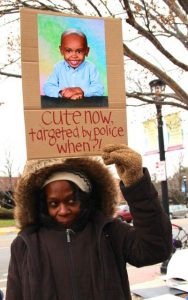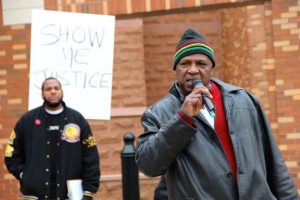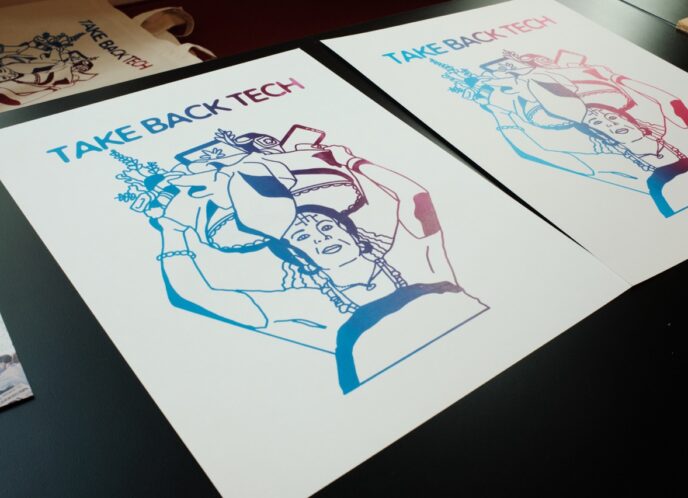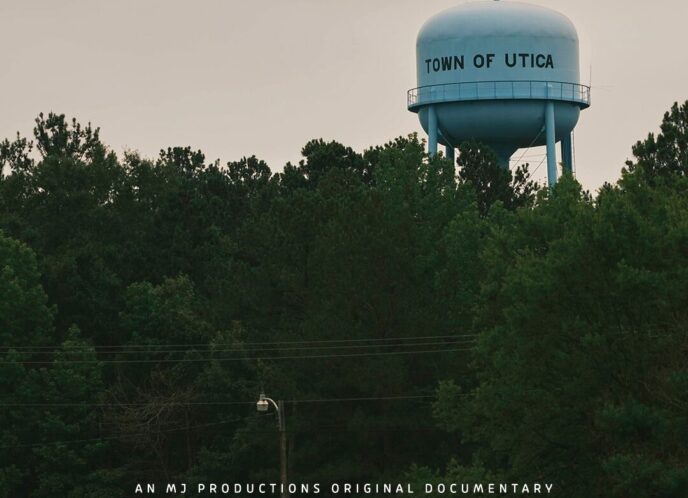Brian Dolinar, of Urbana-Champaign Independent Media Center (UCIMC). UCIMC is an member of MAG-Net.

In the Midwestern college town where I live, when a dash camera captured footage of a police officer choking a Black youth in the back seat of a squad car, it was not released until leaked to grassroots activists and posted on YouTube where it went viral. Although police video may capture such abuses, it is not certain that it will be seen by the public. For this reason, and others, there is good reason to be skeptical about police body cameras and the changes they promise to bring.
Since Ferguson, body cameras have been as a way to bolster trust in the police. They have been adopted for all officers of the Los Angeles Police Department, a small number of police in New York, and in Chicago police have recently launched a pilot program for body cameras. The technology for Chicago police was provided free-of-charge by TASER Intl., known for their controversial stun guns, and now entering this new market. TASER surely stands to profit from a lucrative contract if all 12,000 Chicago police officers are outfitted with body cams.
Body cams are also becoming common in small and mid-size cities across the country, like my hometown of Urbana-Champaign, Illinois, two hours south of Chicago and home to the University of Illinois. In Champaign County, with a population of around 200,000, the sheriff recently purchased 80 body cams.
Just days after Ferguson, the sheriff’s office contacted Vievu, another one of the top companies which has sold body cams to more than 4,000 police departments. A sales representative, Sunny Benson, included in a proposal two statistics:
- 96% of prosecutors say that defendants are more likely to plea when video evidence is available.
- 50% of complaints are immediately withdrawn and 93% of officers are exonerated when video evidence exists.
From the perspective of law enforcement, the incentive is not officer accountability, but more prosecutions, and fewer complaints from angry residents.
Grassroots activists I work with in Illinois are deeply skeptical about whether body cams will prevent another youth from being gunned down by police or stem the constant flow of Black bodies into jails and prisons. We have seen police captured on tape brutally beating people, and still face no repercussions, as in the above mentioned choking incident.

Martel Miller, a local Black activist who has turned his camera on police, said, “If they want body cams so bad, it ain’t going to be good for us.” In order to build trust, he suggested, “officers need to live in the community, be out in the community, and look like the community.”
A national coalition of civil rights organizations has released a set of strict guidelines for police body cameras: involve the public in policy making; limit facial recognition and biometric technologies; protect footage from tampering; make video subject to public records requests; maintain individuals’ privacy; and require police to file reports before viewing video footage.
As Malkia Cyril, executive director at the Center for Media Justice, a member of the coalition, stated, “It’s clear that body-worn cameras are not a viable substitute for comprehensive police reform in the 21st century, and in fact may supercharge the potential for high tech racial profiling and surveillance.”
With the rush to equip officers with body cams, community activists should participate in the national debate about whether this will actually address the problems that led to the uprisings in Ferguson, and, more recently, Baltimore, or if they will exacerbate these conditions.



